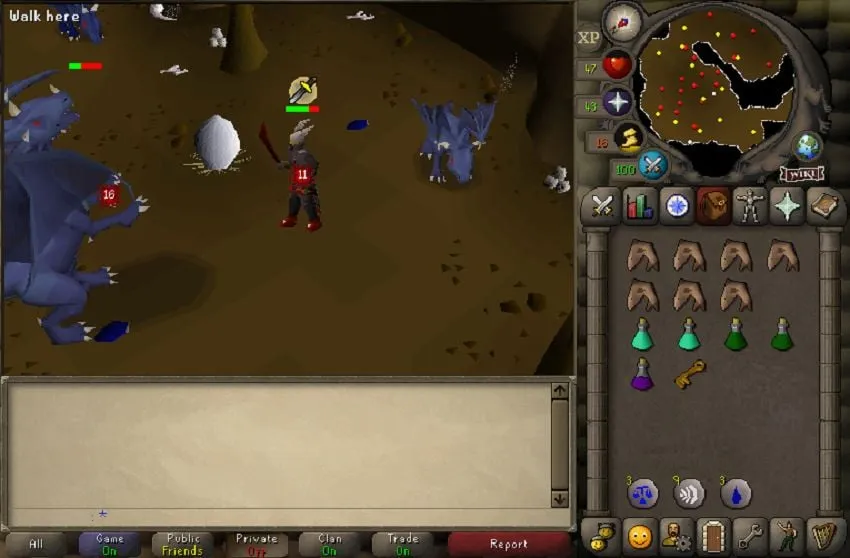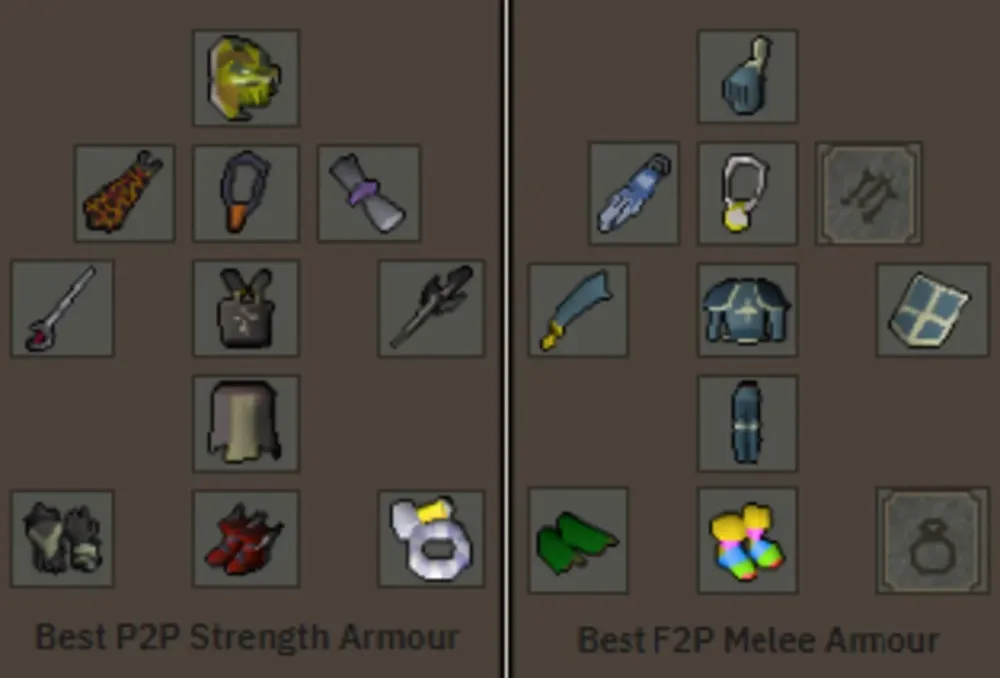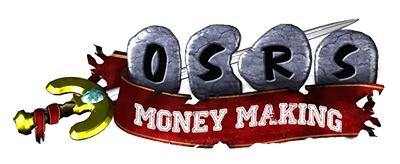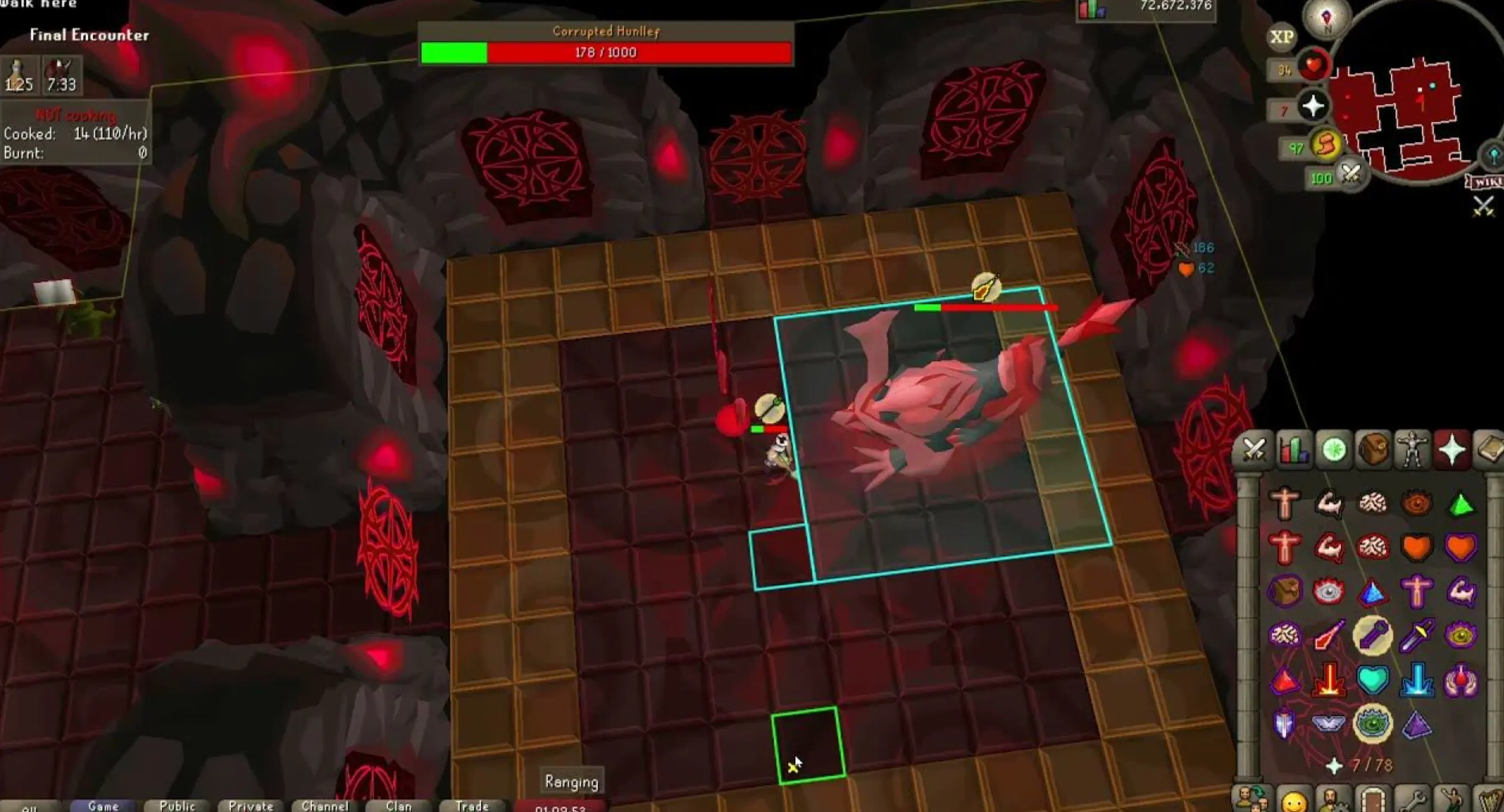Your cart is empty
F2P OSRS Combat Guide Ultimate Strategies for Free-to-Play Players

Old School RuneScape (OSRS) offers thrilling combat experiences, even for free-to-play (F2P) players. Mastering combat in F2P worlds requires strategic planning, optimal gear, and knowledge of the best training spots. This comprehensive guide covers everything you need to level up your melee, ranged, and magic skills from 1 to 99 in F2P, with tips for efficient experience (XP) gains and profitable methods. Whether you’re a new adventurer or a seasoned player, this guide will help you dominate Gielinor‘s battlegrounds.
Combat in OSRS involves three primary styles: melee, ranged, and magic. Each style has associated skills—Attack, Strength, and Defence for melee; Ranged for ranged; and Magic for magic. Hitpoints and Prayer also play crucial roles, increasing your survivability and combat effectiveness. In F2P, your options are limited compared to members, but with the right approach, you can achieve high levels efficiently.
Melee Combat Overview
Melee is the most accessible combat style in F2P, relying on Attack (accuracy), Strength (damage), and Defence (damage reduction). Scimitars are the best weapons due to their high speed and strength bonuses, offering the highest damage per second (DPS) in F2P. Always use the highest-tier scimitar you can equip, starting with bronze and progressing to rune at level 40 Attack.
Ranged and Magic in F2P
Ranged uses bows and arrows, with green dragonhide armor providing the best bonuses. Magic is trickier in F2P due to limited spell options and rune costs, but it’s viable with proper gear like wizard robes. Both styles are slower to train than melee but offer safe spotting opportunities for efficient XP.
Optimal Gear and Equipment

Choosing the right gear is critical for maximizing XP rates and survivability. F2P gear is straightforward, with rune being the best tier for melee and green dragonhide for ranged. Below is a table summarizing the best-in-slot (BiS) gear for each combat style.
| Combat Style | Weapon | Armor | Accessories |
|---|---|---|---|
| Melee | Rune Scimitar (40 Attack) | Rune Platebody, Rune Platelegs, Rune Kiteshield | Amulet of Strength or Power, Fighting Boots |
| Ranged | Maple Shortbow, Adamant Arrows | Green Dragonhide Body, Chaps, Vambraces | Amulet of Power, Coif |
| Magic | Staff of Air, Fire Bolt (Chaos Runes) | Wizard Robes (Top, Bottom), Blue Wizard Hat | Amulet of Magic |
Upgrading Gear Progressively
Start with bronze or iron gear at level 1, upgrading to steel at level 5, adamant at level 30, and rune at level 40. Purchase gear from the Grand Exchange or stores like the Champions’ Guild for rune items. For ranged, use leather armor until you can equip green dragonhide at level 40 Ranged. Magic users should prioritize wizard robes for a magic attack bonus.
Key Accessories
The Amulet of Strength is ideal for melee if it increases your max hit; otherwise, the Amulet of Power offers balanced stats. Fighting boots from the Stronghold of Security are BiS for melee. For ranged and magic, prioritize accuracy-boosting accessories like the Amulet of Power or Magic.
Best Training Locations and Monster Progression
Training efficiently involves targeting monsters with low defence and high hitpoints, ideally in areas close to banks for quick restocking. Below is a level-by-level guide for melee training, with notes for ranged and magic where applicable.
Levels 1–20: Chickens and Cows
Start at the Lumbridge farmhouse to kill chickens. They have low hitpoints (3) and drop feathers, raw chicken, and bones, which can be sold or used for cooking and Prayer. At level 10, switch to cows in the Lumbridge cow fields for slightly better XP and cowhides, which sell well. Tip: Cook raw chicken or beef on the nearby range to train Cooking simultaneously.
Levels 20–40: Hill Giants
Hill Giants in the Edgeville Dungeon (accessible with a brass key from the Grand Exchange) are excellent for XP and profit. They have 35 hitpoints and drop big bones (valuable for Prayer) and limpwurt roots. Use a rune scimitar and full adamant armor. Ranged players can safespot Hill Giants using a shortbow.
Levels 40–60: Flesh Crawlers and Giant Spiders
Flesh Crawlers in the Stronghold of Security (level 2, Vault of War) are ideal for AFK training due to their aggression. They have 25 hitpoints and drop herbs and runes. At level 50, move to Giant Spiders in the Stronghold’s third level (Pit of Pestilence). They’re aggressive for 10 minutes, offering up to 25,000 XP per hour with rune gear.
Levels 60–99: Ogress Warriors and Lesser Demons
Ogress Warriors in the Corsair Cove Dungeon are the best F2P monsters for high-level training. They have 82 hitpoints, drop high-value items like runes and gems, and can be safespotted for ranged or magic. Lesser Demons in the Karamja Volcano or Wilderness are riskier but offer similar XP rates. Bring food and a teleport for Wilderness training. Tip: Use a chisel to cut gems dropped by Ogress Warriors for extra profit.
Questing for Fast Combat XP
Quests are a quick way to boost early combat levels, unlocking better gear and training methods. Completing F2P quests also provides valuable items and access to new areas. Here are the top quests for combat XP:
- Vampyre Slayer: 4,825 Attack XP, requires level 20 combat.
- The Grand Tree: Not F2P, but mentioned in error in some guides; focus on F2P quests instead.
- Dragon Slayer: 18,650 Strength and Defence XP, requires level 40 Defence and 45 combat recommended. Unlocks rune platebody.
- The Corsair Curse: No combat XP but unlocks Corsair Cove for Ogress training.
Questing Strategy
Complete Vampyre Slayer and other low-requirement quests early to jumpstart your combat stats. Save Dragon Slayer for when you have at least level 40 Defence and access to adamant gear, as Elvarg is challenging. Use the Quest Helper plugin on RuneLite to streamline questing. Tip: Bring an anti-dragon shield and use the stab attack style with strength potions for Elvarg.
Advanced Tips for Efficient Training
To maximize XP and profit, incorporate these advanced strategies into your training routine.
AFK Training Methods
Monsters like Flesh Crawlers, Giant Spiders, and Ogress Warriors are aggressive, allowing AFK training. Set your attack style to aggressive for Strength XP and check back periodically to heal. This method is ideal for multitasking or casual play.
Profit While Training
Focus on monsters with valuable drops, such as Ogress Warriors (runes, gems) or Hill Giants (big bones, limpwurt roots). Sell loot at the Grand Exchange to fund gear upgrades and food. High alchemy with Magic can also turn rune and adamant drops into profit, yielding 78,000–85,000 Magic XP per hour.
Combat Pure Builds
For PvP, consider a combat pure build, keeping Defence at 1 to maximize offensive stats (Attack and Strength). Train at the Free-For-All Clan Wars portal with jugs of wine for fast XP, or use Castle Wars for combat bonuses. This is niche but effective for low-level player killing. Note: Pure builds are less versatile for PvE content.
Managing Supplies
Stock up on food like tuna, lobsters, or swordfish for sustained training. Train near banks (e.g., Edgeville for Hill Giants) to minimize downtime. Collect and sell monster drops to maintain a steady income for supplies.
With this F2P OSRS combat guide, you’re equipped to tackle Gielinor’s toughest challenges. Start with chickens, progress to Ogress Warriors, and leverage quests for quick XP boosts. Optimize your gear, train strategically, and you’ll be a combat legend in no time. Share your progress or tips in the comments below, and happy scaping!

